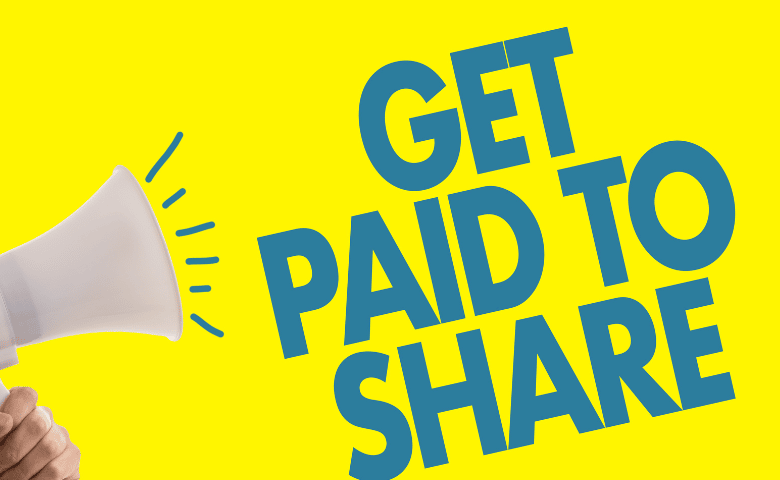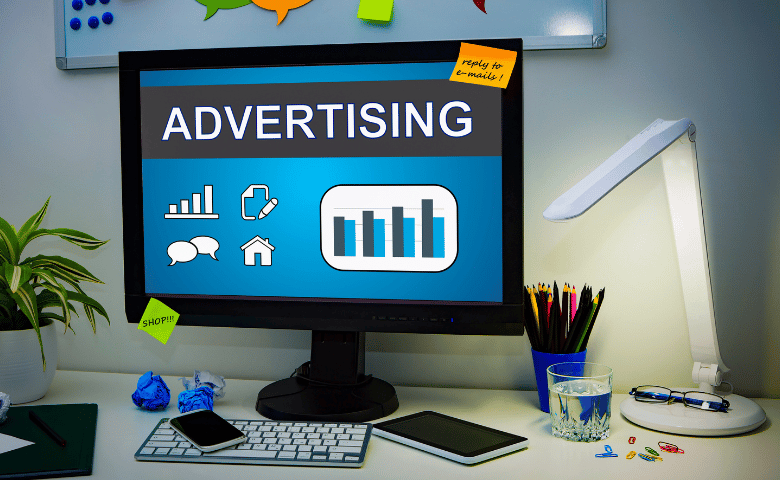If you're looking to promote your business on Facebook, paid advertising is the way to go. Facebook Ads allow you to target a specific audience based on demographics, interests, and behaviors. You can also target people who have already interacted with your business on Facebook.
Paid advertising on Facebook can be a great way to reach more customers and grow your business. To get started, visit the Facebook Ads website.
Who are some of the top Facebook advertising agencies?
According to AdAge, the top Facebook advertising agencies are Ogilvy & Mather, BBDO Worldwide, and Dentsu.
These are the top Facebook advertising agencies, as ranked by AdAge. If you're looking to promote your business on Facebook, it's worth considering working with one of these agencies. They have a lot of experience and know how to create effective Facebook Ads campaigns.
10 Benefits of paid Facebook advertising
1. Paid Facebook advertising can help you reach more customers.
2. Paid Facebook advertising can help you grow your business.
3. Paid Facebook advertising is a great way to target a specific audience.
4. Paid Facebook advertising is a great way to reach more people who have already interacted with your business on Facebook.
5. Paid Facebook advertising can be a cost effective way to promote your business.
6. Paid Facebook advertising allows you to target people based on demographics, interests, and behaviors.
7. Paid Facebook advertising is a great way to get started with online marketing.
8.Can be a great way to boost your website traffic.
9.Can help you increase brand awareness.
10.Provides excellent ROI (return on investment).
How much should businesses budget for Facebook advertising?
There is no one answer to this question – it depends on your goals and the specifics of your advertising campaign. However, as a general rule, you should expect to spend at least $1 per day on Facebook Ads. If you're looking to reach a larger audience or achieve more specific goals, you may need to budget more than that.
10 tips for increasing your ROI with Facebook advertising
1. Make sure your Facebook Ads are relevant to your target audience.
2. Make sure your Facebook Ads are well designed and eye-catching.
3. Make sure your Facebook Ads are compelling and interesting.
4. Make sure your Facebook Ads are properly targeted.
5. Make sure you're using the right keywords in your Facebook Ads.
6. Make sure you're using the right images in your Facebook Ads.
7. Make sure you're using the right headline in your Facebook Ads.
8. Make sure you're using the right body text in your Facebook Ads.
9. Make sure you're tracking your Facebook advertising results closely.
10. Experiment with different types of Facebook Ads to find what works best for you
Conclusion
Facebook Ads are a great way to reach more customers and grow your business. To get started, visit the Facebook Ads website. There you will find all the information you need to create an effective Facebook Ads campaign. The 10 tips we've provided should help you increase your ROI with Facebook advertising.





